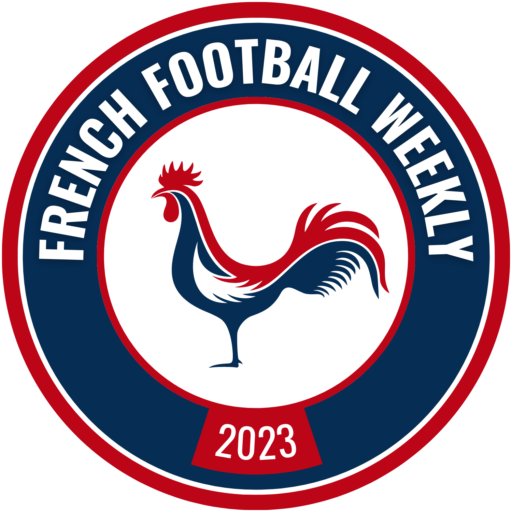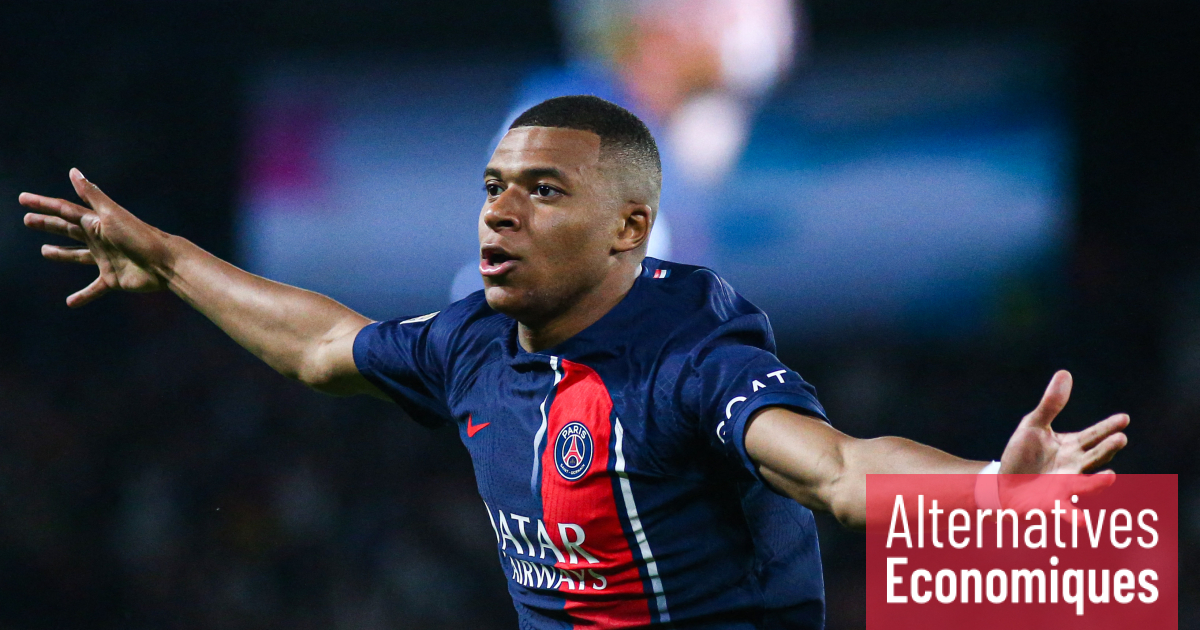As an enthusiast and specialist football writer, I’m excited to share the latest “soap opera” of the summer transfer window, the “tug-of-war” between Kylian Mbappé and Paris Saint-Germain (PSG) has finally come to a verdict. The superstar forward will be staying in the capital for another season.
The exact value of Mbappé in the transfer market remains a mystery. However, it is estimated that Real Madrid, the club he hoped to join, would have paid PSG between 160 and 180 million euros if he had been transferred this summer. But if he moves there next June, the amount could potentially be… 0 euros!
Understanding the valuation of a football player requires us to recognize that the football economy, while atypical, is not driven by profit but by sporting performance. European professional clubs, on average, allocate three-quarters of their revenue to recruitment and talent remuneration. This unorthodox industry distributes the majority of wealth produced to the workers, the footballers.
However, whether it’s transfer fees or salaries, this labor market is highly segmented, and the highest sums only involve a minority of top players. According to FIFA, the top 10 international transfers in 2022 accounted for 12.5% of total expenses, with the top 100 transfers representing nearly half of all transactions.
It’s important to note that it’s not the player who receives the transfer fee, but the selling club. Additionally, a club does not purchase the player, but rather their contract, specifically the remaining years of the contract. When the contract expires, the player is free to join another club, potentially receiving a signing bonus from their new employer, thus avoiding a transfer fee. Clubs aim to extend contracts to maintain the player’s market value.
The dispute between PSG and Mbappé arose from his refusal to extend his contract, making him free to leave “for free” in a year’s time. His club, angered by the potential loss of revenue, gave him an ultimatum to choose between a transfer this summer or a contract extension. Benched by the team, the forward was facing the prospect of a season without playing. Eventually, the player and the club reached an agreement, the details of which were not disclosed at the time of writing.
The football player market is highly speculative, not just because of the constant rumors it generates. Players have become financial assets subject to “trading”. The economic model of many clubs, especially in France, is largely based on expected gains from the sale of young players from their training centers and promising recruits they develop and promote on the field.
So, how is the “price” of a footballer evaluated? Several organizations, such as the German website Transfermarkt and the International Center for Sports Economics (CIES), offer models for estimating these market values. Loïc Ravenel, a geographer and scientific collaborator at CIES, emphasizes the “disconnection between sporting and economic value”.
Valuation criteria, along with performance measured by statistical tools and the eye of scouts, are diverse: contract length, age (the older a player, the lower their resale value tends to be), nationality, position, potential international status, origin club, and league prestige.
The overvaluation of top stars and their ability to negotiate extraordinary salaries is explained not only by their sporting qualities but by their capacity to increase the club’s media exposure and commercial revenue (ticket sales, marketing, sponsorship).
“While for the majority of players, transfer fees are very close to their valuations, the logic of ‘non-substitutable’ goods applies to exceptional players. Their value is more difficult to model,” highlights Loïc Ravenel, who emphasizes that “an objective evaluation can serve as a reference, like a car’s value, but the amount of a transfer is the result of a commercial negotiation.”
Prices can skyrocket if multiple clubs are vying for a highly sought-after player. In 2017, despite FC Barcelona setting an initially prohibitive release clause, PSG secured Neymar Jr. for 220 million euros, a record that still stands.
In recent years, clubs purchased by sovereign wealth funds, like PSG (Qatar) and Manchester City (United Arab Emirates), have invested massively, often at a loss, distorting competition and breaching financial regulations.
In recent months, a new wave of inflation has come from Saudi Arabia. Saudi Arabian clubs have managed to attract top players such as Cristiano Ronaldo, Karim Benzema, or Neymar at prices well above market rates. In an attempt to lure Mbappé, Al-Hilal FC reportedly offered PSG and the player 300 and 700 million euros, respectively.
Is this inflation absurd and unsustainable?
“The sums spent by such new players are reinvested in the market by the clubs that receive them, contributing to inflation,” notes Loïc Ravenel. “The current ‘normal’ figures would have seemed like science fiction ten years ago.”
Rational in most cases, the valuation of football players is also a social construct. In an outstanding book, sociologist Manuel Schotté reconstructs the socio-historical conditions of the creation of “football greatness”. He shows how this valuation rests on a “unanimous belief in the sporting virtues of transfers,” resulting from “symbolic constructions” and “joint investments by all football actors.”
These beliefs will continue to defy economic science every summer, exemplified by the transfer of Bradley Barcola, a young hopeful from Olympique Lyonnais (OL). Not in the coach’s plans earlier in the year, he was ready to leave OL for a Swiss club for a few hundred thousand euros at most. Ultimately, starting due to circumstances and having a very successful six months, the forward has now signed for PSG for nearly 50 million euros. The show must go on.

